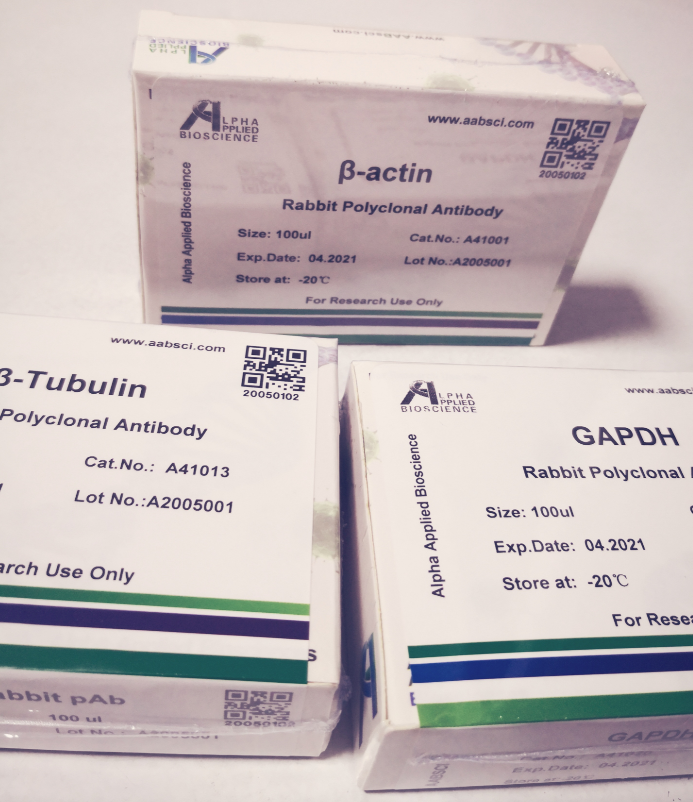

Product description
Fas ligand(FASLG) Homo sapiens This gene is a member of the tumor necrosis factor superfamily. The primary function of the encoded transmembrane protein is the induction of apoptosis triggered by binding to FAS. The FAS/FASLG signaling pathway is
Source
Rabbit
Applications
IHC,ELISA
Reactivity
Human
Dilution
IHC 1:50-200, ELISA 1:10000-20000
Storage
-20°C/1 year
Specificity
The antibody detects endogenous FAS-L
Source/Purification
The antibody was affinity-purified from rabbit antiserum by affinity-chromatography using epitope-specific immunogen.
Immunogen
Synthetic peptide from human protein at AA range: 121-170
Uniprot No
P48023
Alternative names
Tumor necrosis factor ligand superfamily member 6 (Apoptosis antigen ligand) (APTL) (CD95 ligand) (CD95-L) (Fas antigen ligand) (Fas ligand) (FasL) (CD antigen CD178) [Cleaved into: Tumor necrosis factor ligand superfamily member 6, membrane form; Tumor n
Form
Liquid in PBS containing 50% glycerol, 0.5% BSA and 0.02% sodium azide.
Clonality
Polyclonal
Background
Fas ligand(FASLG) Homo sapiens This gene is a member of the tumor necrosis factor superfamily. The primary function of the encoded transmembrane protein is the induction of apoptosis triggered by binding to FAS. The FAS/FASLG signaling pathway is
Other
Gene_name: FASLG APT1LG1 CD95L FASL TNFSF6 ; Protein_name: Tumor necrosis factor ligand superfamily member 6 (Apoptosis antigen ligand) (APTL) (CD95 ligand) (CD95-L) (Fas antigen ligand) (Fas ligand) (FasL) (CD antigen CD178) [Cleaved into: Tumor necrosis factor ligand superfamily member 6, membrane form; Tumor n; Expression: Blood,Leukocyte,Spleen,
Mol.Wt (Da)
kD
Concentration
1 mg/ml
-

Promotion
-

Order
-

Online message
-

Help center
 400-8363-211
400-8363-211
 Login
Login

 DataSheet
DataSheet
